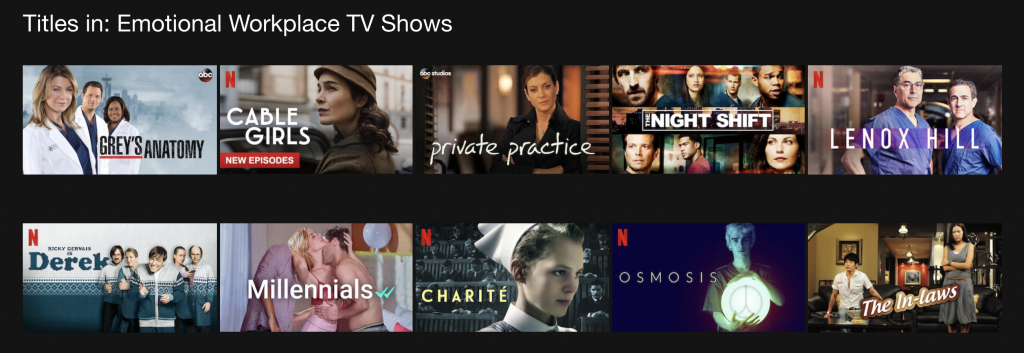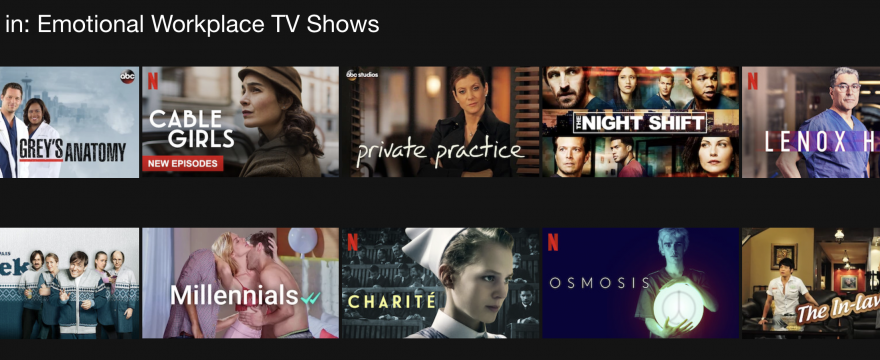Say you want to organize a body of content. You don’t know where to start, it’s a tall order, you have a fair amount of it, and other things like traffic/user data, Google updates, and campaigns, subscriptions, sales complicate all that.
The first thing you need is to choose your criteria. When it comes to web content there are a few dimensions we have to work with:
- content features (qualitative)
- user metrics (quantitative)
- filters (segmentation)
- time series (temporal)
Most of content analysis boils down to finding simple but meaningful ways of looking at these dimensions to make sense of what we should do with our content to improve. At full throttle, we are looking at slices of metrics about features over time.
Where should you start
The list order above is key.
You should start with #1 and as you become more sophisticated and you get more traffic you move to #2.
Once your audience starts to have clear edges and your traffic sources become more varied, you move onto #3.
And as time passes and things happen, you try different campaigns, you speak at a big thing, you move on to #4 and start benchmarking effectiveness of insights from #1 through #3 over time.
My instinct here, and the 4 paragraphs I just deleted, was to convince you of this approach. But it should be self-evident. Don’t cloud what’s important with “data” before you have data, before you are ready.
Content features first
We think about content features first for a few reasons. Some obvious, like as the expert, you are uniquely positioned to best understand your own content.
For your first 100 to 200 articles the other stuff is generally noise.
That doesn’t mean ignore that you have two posts with 30+ comments, or a viral article with 100+ websites linking to it, or the 2 to 3 posts consistently generating 90% of your organic traffic.
But those are the outliers. And we are trying to elevate the value of your entire website. The value of thinking about traffic, links, audience segments in your first major content organization effort is so much less important than just making progress by focusing on content features.
Okay, what are content features?
On Netflix phone app, opening it up, the featured show is labeled as Heartfelt · Intimate · Reality TV · Docuseries · Australian for the title Love on the Spectrum.
I already know the vibe, the beats, the accent of the characters, the rough format of overlapping Reality TV and Docuseries tells me more than just one of those labels would. And I know because of where the show is featured, it’s probably a new release.
In a few words, I know if this is relevant to me and under what conditions, e.g. watching something to unwind, learn something new, or both, alone or with my wife.
As I scroll, I see it under the first row, “Trending” about 6 cards in. Then first card under “Popular on Netflix,” then again 4th card under “Netflix Originals.”
Then I see some generic (“TV Comedies”, “Shows based on Books”) and maybe some personalized or at least more specific categories (“Emotional Workplace TV Shows”, “Serial Killer TV Mysteries”).
The more “specific categories” are really just an output of content with shared features. An easy way to think of this is shows with overlapping labels or tags.
Show me all the descriptive words that signal as emotionally charged (emotional, romantic, intimate, dramatic, emotional content) filtered by TV, and workplace? How about shows that also reference a workplace in the description as an object of propositional phrase (e.g. in a hospital/medicine, at a law firm, on the police force, for a company).

And then (aside here) sort by confidence. After the first few results, the confidence in relevance goes down, or those with less overlapping tags go last.
When I get to the end of this exercise as user considering content features, Netflix doesn’t have to hit me over the head with my persona, they know that if they show a row of emotional workplace tv shows and my wife and I are eating dinner in front of the TV, in the market for a new show, that showing the features are enough for us to know whether it will accomplish what we are looking for, or scroll by.
Identify the relevant content features you have available to you
A decent decision making process starts with looking at what you have to work with in terms of features. And I can almost guarantee you have content features you haven’t thought about. Because I’ve been thinking about this for a year and I’ve just started thinking about some of these.
The next related post in this series: On Content Features.

Articles referencing this one